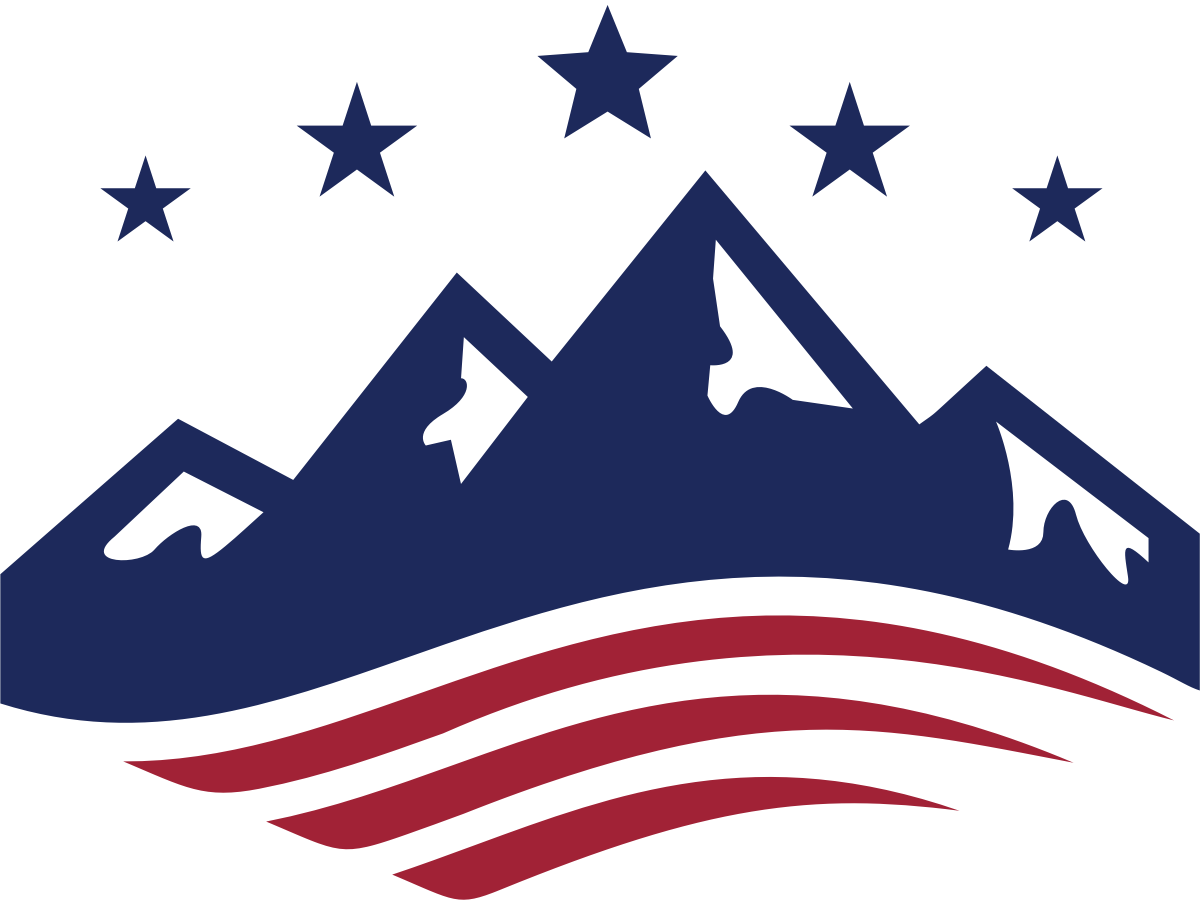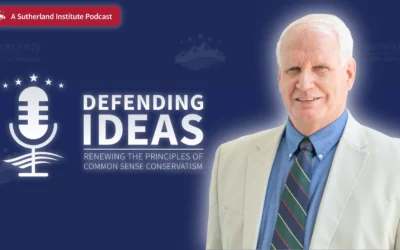
Written by Christine Cooke Fairbanks
February 14, 2024

Some lawmakers are asking to increase funds for the Utah Fits All Scholarship, an education choice program that passed the last legislative session but will not begin until this fall.
The public education appropriations subcommittee is recommending $50.5 million ongoing this year, though advocates asked for $150 million.
The current yearly appropriation for the program ($42.5 million) allows only about 5,000 students to receive a scholarship.
Yet demand for the program appears to far exceed this availability. An effort to gauge interest in scholarships indicates that at least 17,000 families (amounting to almost 35,000 students) intend to apply.
That means more than 85% of families who need or want the program would get turned away. And that’s just with current awareness of the program so far.
Some legislators are pushing back at the request, arguing policymakers should wait until the program starts to see how it runs before adding money.
That perspective is not unreasonable; being wise with money is a principle of the Beehive State. However, increasing funds for this program is prudent, even if some additional funding comes before the program starts.
Reviewing the experience of other states with education choice programs illustrates why this is so.
Expanding education choice programs in other states
As the first state to create an education savings account program, Arizona’s path to expanding its Empowerment Scholarship Account program is instructive.
Its program expanded slowly over time. The program first limited eligibility to students with disabilities. The state later added new categories of eligibility, like those living in foster care or attending failing schools. Eventually the state expanded the program to all students – becoming the first “universal” program of its kind. Growing the program in increments allowed the program to mature gradually.
However, even after having had time to build it over the years, when the state made the scholarship universal, the demand was so high and immediate that the website was reportedly overwhelmed by the number of applicants. The program has carried on serving families, though not without significant pushback to the expansive program, including unsuccessful calls to repeal it.
We might learn from this that expanding the program in increments may have allowed the program to be as politically and logistically successful as it was, enabling it to finally become universal. But certainly, we can observe that once families have the chance for more freedom, many will take it. The Arizona program is now serving almost 71,000 students (8% of all students in the state).
On the other hand, we also learn that the program has had hiccups and strong opponents while trying to add large numbers of families who want this type of education freedom. New, innovative programs likely will always have problems to address. However, ensuring children can access an education that meets their needs should continue while issues get addressed over time.
Utah should honor the many families that need this program and commit to working through issues as they come.
Committing to increasing funds in other states
Last year Arkansas enacted its education savings account, called Arkansas Children’s Educational Freedom Account program, which built in expansion through a phase-in process.
Basically, eligibility categories expand between 2023-24 and 2025-26 school years (therefore increasing the total numbers of students), alongside a phased-in budget increase until there is no budget cap.
In effect, this means Arkansas committed to growing the program prior to knowing what the demand would ultimately be or how the program worked initially.
It’s interesting to remember that in its original draft, Utah’s bill creating the Utah Fits All program included an enrollment growth factor, meaning funding would automatically grow as enrollment expanded. However, it was removed during the session, before the bill reached its final form, which ultimately passed.
Having this type of growth factor or “escalator” clause in a policy is common and often recommended by analysts. Doing so allows a program to adapt as needed without constantly requiring action from the legislature. Such public policies are created for families who need them and, arguably, should be made as available as possible for them.
Creating a bill with Arkansas’ construction shows a philosophical commitment to allowing parents who need the program to access it, which delivers on the promise of education choice that legislators promoted in passing the bill.
In Utah’s case, expressed interest prior to the application window opening gives us a signal that the program demand will far exceed the number of scholarships available with current funding. Increasing funds makes good on the state’s philosophical commitment to education choice in the state as well.
Adding funds is the next step in bringing choice to families
Utah should feel proud to be among the first states to commit to a universal education savings account. The state has received national attention for doing so, as it should. Still, education choice requires not only the passage of a program, but a commitment to funding programs such that the many eligible families can claim the opportunities we agreed as a state that they deserve.

Insights: analysis, research, and informed commentary from Sutherland experts. For elected officials and public policy professionals.

- The Utah Fits All Scholarship program funds 5,000 student accounts, but preliminary counting efforts suggest around 35,000 students will apply to the program.
- States like Arizona and Arkansas provide lessons for Utah policymakers in expanding the newly passed education savings account.
- Increasing funds to the new program is the next key commitment in bringing education choice to families in the state.
Read More
Do we need to care about the Utah State Board of Education?
For any Utah voters who also feel like K-12 public education is headed in the wrong direction, learning about the candidates running for a seat on the Utah State Board of Education (USBE) is a wise choice this election season.
Defending education choice the right way
Education choice has exploded in popularity across the nation in recent years. So why does it remain a contentious point of debate in some parts of the country?
Looking at Supreme Court and religious freedom through the lens of the presidential campaign
Two constitutional issues highlight similarities and differences between the Biden and Trump administrations.


